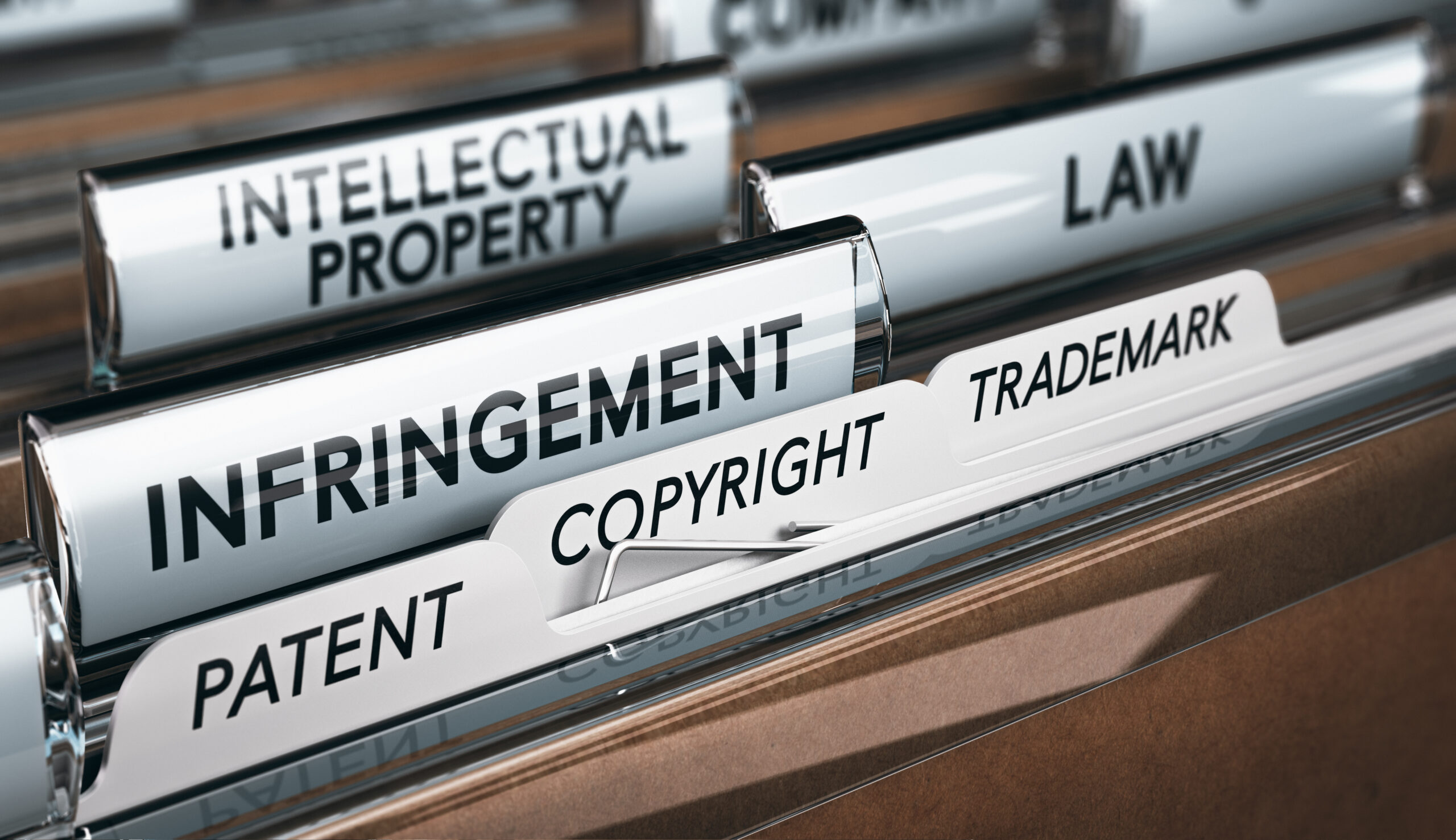Second Circuit: Purchase Of Search Engine Keyword That Is Competitor’s Mark Does Not, Standing Alone, Constitute Infringement
By Gregory P. Feit
Last month, in 1-800 Contacts, Inc. v. JAND, Inc., DBA Warby Parker, the United States Court of Appeals for the Second Circuit addressed whether purchasing a competitor’s trademarks in the context of keyword search advertising amounts to trademark infringement.
Adopting what it termed the “consensus view,” the Second Circuit concluded that the mere act of purchasing marks as keywords cannot constitute such a violation.
Case Background & Search Advertising
Plaintiff 1-800 Contacts, Inc. (1-800) alleged that defendant JAND, Inc., d.b.a. Warby Parker (Warby Parker) violated federal and state law by using 1-800’s trademarks – i.e., its brand name “1-800 Contacts” and certain related variations – in keyword search ads.
As alleged in the complaint: Warby Parker uses search advertising as a form of internet marketing. When online shoppers search for “1-800 Contacts” or variations of its marks by typing those terms into a search engine, they essentially get either (i) organic, or natural, results, or (ii) sponsored, or paid, results – both of which provide links to webpages. The first category of results includes webpages that the search engine’s algorithm deems most relevant; the second category, known as search (or keyword) advertising, is based on which advertisers paid the most to have their ads shown in response to the search term. Using Google Ads, an advertiser like Warby Parker can bid on a competitor’s brand or marks (like 1-800’s), so that the advertiser’s ad will appear in response to a consumer’s search for the competitor’s marks. Based on these allegations, 1-800 asserted claims against Warby Parker for trademark infringement and unfair competition under the federal Lanham Act and New York State law.
1-800 further contended that Warby Parker created consumer confusion when it devised a bad-faith plan to (i) purchase 1-800’s trademarks as keywords in online ad campaigns, (ii) show source-ambiguous ads to consumers searching for 1-800’s website, in order to (iii) divert those consumers, through a “deep link” (i.e., a link to a website page other than a homepage) to a Warby Parker landing page within the Warby Parker website that mimicked 1-800’s homepage, so that the consumers believed they were actually on 1-800’s official website or on a website affiliated with or approved by 1-800.
On Warby Parker’s motion for judgment on the pleadings, the district court dismissed 1-800’s complaint, finding that plaintiff did not adequately plead that Warby Parker’s use of 1-800’s marks had created a likelihood of consumer confusion.
The Second Circuit Decision
On appeal, the Second Circuit described two types of alleged consumer confusion at issue in the case – “sponsorship confusion” and “initial-interest confusion.” The former occurs when a consumer believes that “the mark’s owner sponsored or otherwise approved the use of the trademark.” (internal quotation marks and citation omitted). The latter, also known as “pre-sale confusion,” may, e.g., result in consumers wrongly inferring an affiliation between the plaintiff’s and defendant’s goods, or deprive plaintiff of an actual business opportunity. For initial-interest confusion claims asserted specifically in the internet context, “a showing of intentional deception” is necessary, since consumers who are diverted on the internet can more easily get back on track and avoid confusion online.
1-800 argued that Warby Parker had made an infringing use of 1-800’s marks in the keyword bidding process of Warby Parker’s search advertising campaign. The Second Circuit disagreed. It noted that Warby Parker’s alleged practice of bidding on 1-800’s marks in search advertising auctions was both standard industry practice and legally permissible. According to the Court: “This well-known marketing strategy – standing alone – cannot support a claim of trademark infringement absent additional use of 1-800’s Marks.” The Court stated further that, in order to amount to an unlawful infringement, a defendant must do more than use another’s mark in commerce; the defendant’s use must cause consumer confusion. In this case, the Court said, 1-800’ did not claim that Warby Parker had actually used its marks other than by buying them as keywords in search engine auctions. That alone was legally insufficient to sustain 1-800’s claims.
The Second Circuit then proceeded to analyze whether the other alleged components of Warby Parker’s campaign constituted violations – namely, its search ads and its deep-linked landing webpage. In these regards, the Court concluded that 1-800 had likewise failed to sufficiently plead that Warby Parker’s plan was likely to confuse consumers in the sales process, because 1-800 failed to plausibly allege that Warby Parker had used its marks anywhere in process outside of Warby Parker’s purchase of related terms in keyword auctions.
Notably, the Second Circuit stated that the “similarity of the marks” factor was dispositive in cases like this one. (This factor is part of the Court’s eight-factor, likelihood-of-consumer-confusion test enunciated in Polaroid Corp. v. Polaroid Electronics Corp.) The Court continued: “[I]n the search advertising context, the similarity-of-the-marks factor should be assessed as it relates to the paid advertisement’s appearance on the result page.” Here, there were no allegations that Warby Parker had used 1-800’s marks in the paid search ad on the search results page. Nor were there allegations that Warby Parker had used those marks in the linked Warby Parker URL or on the Warby Parker landing webpage.
Concluding that 1-800 had therefore failed to plausibly allege any reasonable likelihood of consumer confusion, the Second Circuit affirmed dismissal of 1-800’s complaint.
Key Takeaways
The 1-800 Contacts decision makes clear that, in the Second Circuit, trademark owners cannot establish infringement or unfair competition based merely on a competitor’s having purchased search engine keywords of or containing the owners’ marks in online search engine auctions. Instead, some actual display or additional use of the marks by the competitor is necessary in order to assert viable claims on those theories.
Nevertheless, search advertising campaigns should still be conducted carefully with trademark issues in mind. To stay comfortably within the Second Circuit’s zone of permissible conduct, companies bidding on search engine keywords that derive from a competitor’s marks should be sure that resulting paid ads and their own websites do not make use of the competitor’s marks. In addition, the Second Circuit itself cautioned that it was not holding that a plaintiff can never allege any sort of violation of the Lanham Act where the defendant’s only use of plaintiff’s mark was in keyword purchase. If, e.g., Warby Parker’s landing webpage had mimicked 1-800’s website such that it was a mirror image of 1-800’s site but had stopped just short of using 1-800’s brand name and related marks, then 1-800 could have asserted a potential trade dress infringement claim against Warby Parker, since at least some district courts have recognized that the distinctive “look and feel” of a company’s website can itself constitute a protectable mark.
 This article is intended as a general discussion of these issues only and is not to be considered legal advice or relied upon. For more information, please contact RPJ Attorney Gregory Feit who counsels clients on employment law, litigation, arbitration, negotiation, and trial advocacy. Mr. Feit is admitted to practice in New York.
This article is intended as a general discussion of these issues only and is not to be considered legal advice or relied upon. For more information, please contact RPJ Attorney Gregory Feit who counsels clients on employment law, litigation, arbitration, negotiation, and trial advocacy. Mr. Feit is admitted to practice in New York.

